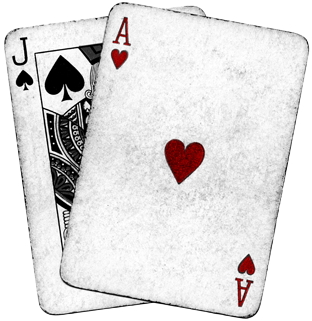From Edward Johnson’s The Handbook of Good English:
Phrases containing numbers follow a few special hyphenation conventions. For example, prefixes that would normally be solid with the word described are hyphenated with numbers, as in pre-1980, the 8-fold way.
Exceptions from standard rules
Five hundred men modifies men with the adjective + noun compound five hundred, and normally such a compound would be hyphenated. But unless the number compound is complicated by another word or phrase, as in later examples, spelled-out numbers do not follow standard hyphenation rules when they modify a noun, no matter how many words it takes to spell them out: five hundred and thirty-six men.Ten-dollar loss and two-hundred-million-dollar loss follow standard rules; the spelled-out numbers are like any other words used in compounds. When figures are used, one often sees a hyphen where there is no justification for it: $10-loss. This is as incorrect as ten-dollar-loss. But there is one exception to the standard rules. When a large round sum of money preceded by the dollar sign (or a pound sign or a euro sign, etc.) is partly in figures and partly spelled out, as in $200 million, it conventionally does not get a hyphen as an adjective: $200 million loss. One does see the hyphen occasionally, and though it can’t be called wrong, since it is there if the number is entirely spelled out, it is troublesome; perhaps the eye is somehow aware that there are invisible hyphens with the adjectival elements represented by $200 and wants all the hyphens in the compound to be invisible. Hyphens are used, and required by the eye, if such a compound is combined with another word or phrase that needs hyphenation: $200-million-plus loss, $200-million-per-quarter loss.
Similarly, adjectival compounds of figures + percent are conventionally not hyphenated unless they are part of larger compounds: 23 percent increase, 23-percent-a-year increase. This holds even when there is no invisible hyphen in the figure and my speculation about the consistency-loving eye breaks down, as in 10 percent increase.
Other adjectival compounds of figures and a word should follow the standard rules for hyphenation: 30-minute wait, 16-inch gun, 125-acre farm, and so on.
Spelled-out fractions
Fractions should always be hyphenated when they are adjectives or adverbs, as in They got a one-third share and The money is three-quarters gone. Opinions differ on whether they should be hyphenated when they are nouns, as in They got one-third of the money. By standard rules of hyphenation, there is no reason to hyphenate them; they are merely noun compounds formed of adjective + noun. However, the hyphen is “heard”–we do not pronounce the elements of such compounds as distinct words but slur them together–and omission of the hyphen could conceivably mislead: I used to save all my change in a bucket, but I’ve spent three quarters of it. I prefer to hyphenate fractions routinely. One can think of the hyphen as representing the division bar in a fraction in figures.The horse rounded the track five and three-quarters times. Adjectival compounds of a whole number and a fraction are not hyphenated throughout unless they are complicated by another word, as in The horse fell at the one-and-one-quarter-mile mark.












Comments on this entry are closed.